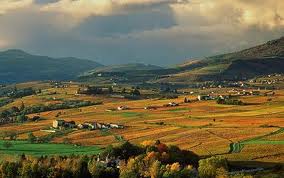Basically, avery technique of scarf-tying starts with one question: do you first bring the "A" end and the "Z" end together before you drape it over your neck. Or, do you start with one end only and let then use the other end to go around your neck.
If you choose to bring "A" and "Z" together first, you have the option of creating a loop. What I mean is this. Once the "A" and "Z" ends are together, you have the middle space of the scarf. This middle space could be a noose, for lack of a better way to say it.
There are so many different ways to tie a scarf. Here is a basic way, sometimes called the French loop or the European loop:
1. Fold the scarf in half, so that the long ends of the scarf meet. The result is a scarf half the original length. Now, the A and Z ends are meeting and at the other end you have a solid crease.
2. Drape the scarf around your neck, with both ends on one side.
3. Tuck the square ends into the loop.
This is Segolene Royal, who ran for President of France in 2007.What Segolene has done is to simply drape the scarf. She did not bring the ends together first. If you think of your scarf as a rope, running from the "A" end to the "Z" end, what she did was to simply drape the "A" end over one shoulder, then loop the Z end around her neck once and let it hand loose after that.

Here are several pictures of Christine Lagarde, former French finance minister and now head of the International Monetary Fund. Watching Madame Lagarde is like watching a French master class in scarves:










